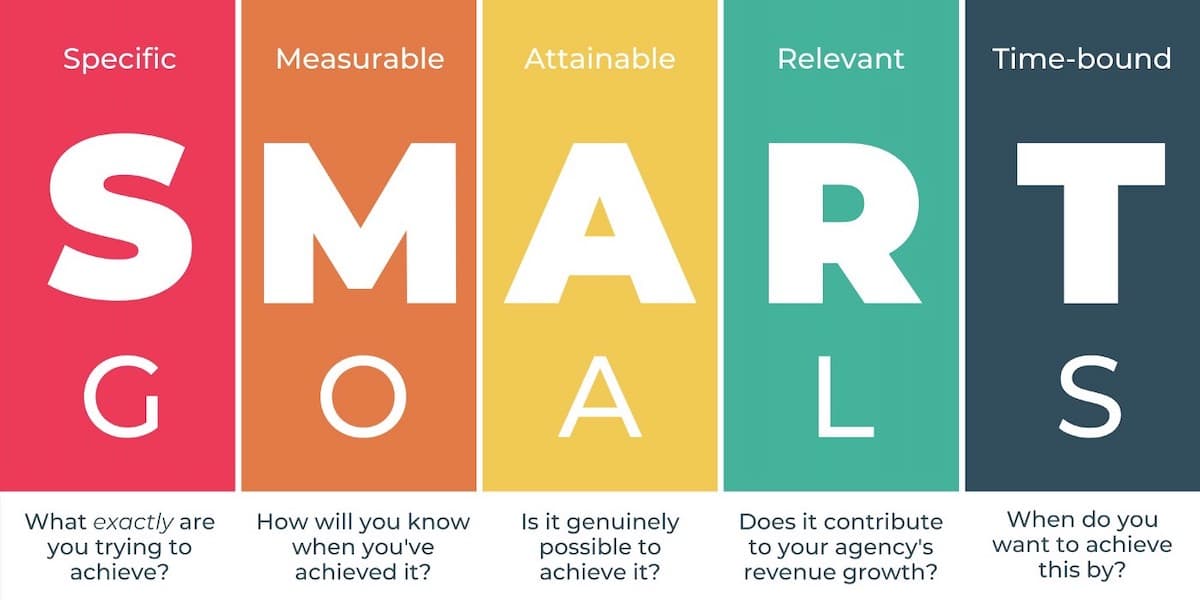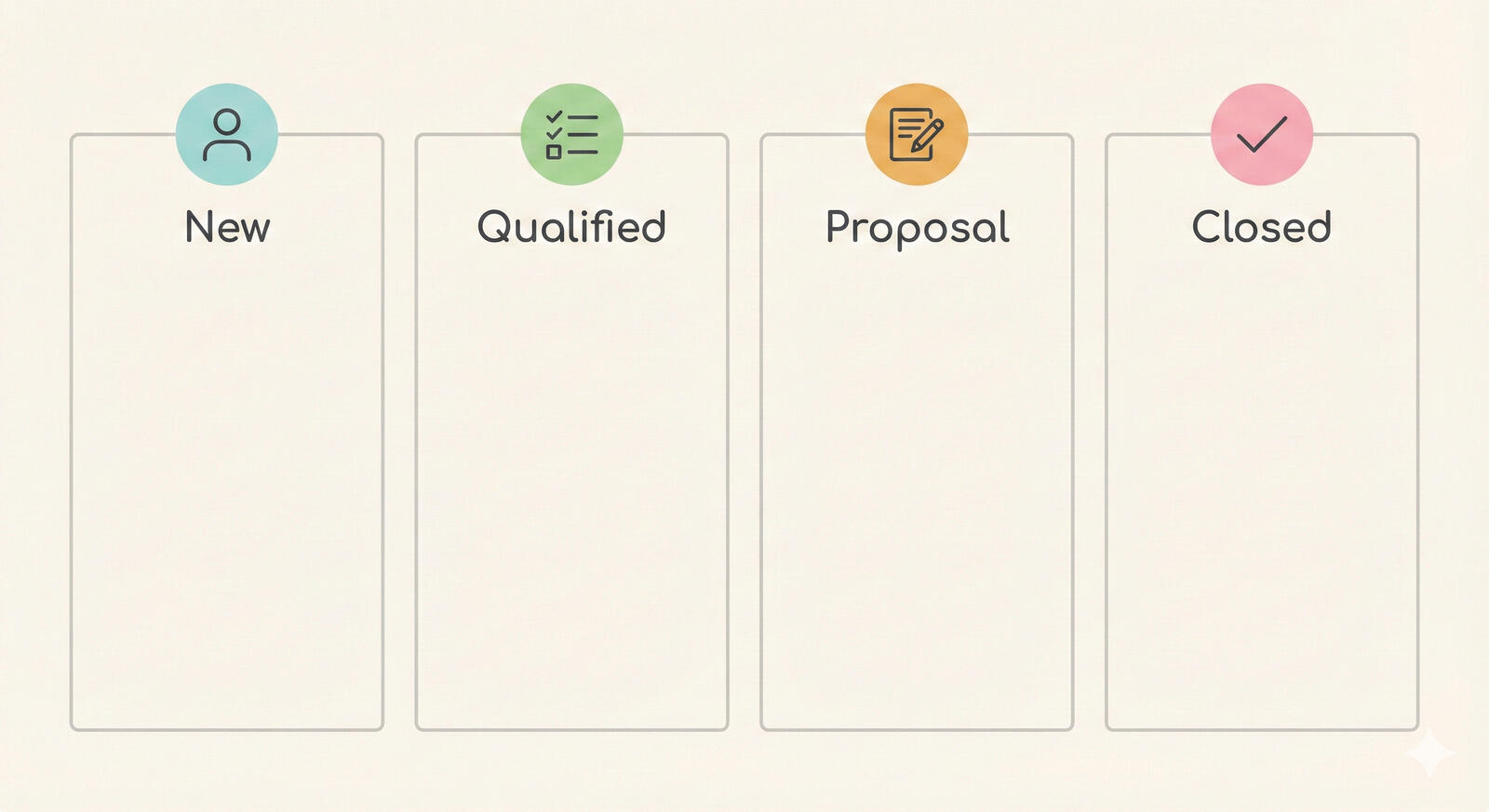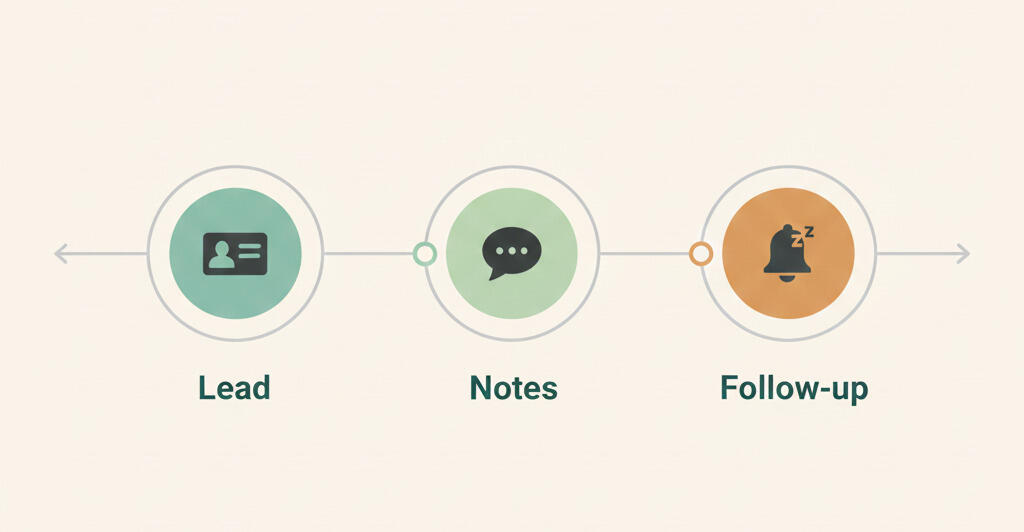How to create an effective implementation plan
Big or small, every project comes with the risk of failure, and the burden of mitigating that risk falls on project managers. But thwarting failure isn't always easy because, without the right foresight, it's easy to lose control of productivity, expenditures, and goals.

Preparing for risks requires a clear, thorough implementation plan. An effective plan consists of a handful of practices that set a vision and identifies risks that could obstruct productivity. They are designed to set clear goals and deliverables, followed by a plan with a built-out timeline for all stakeholders to follow and understand the project's progress.
In short—every project should start with an implementation plan. But creating an effective framework is difficult because it's a multi-pronged system, and oftentimes managers rely on outdated and insufficient tools to lay the groundwork. This is why project management software, like Breeze, has become immensely popular, as it gives stakeholders a unified hub to create resources, assign tasks, track progress, and provide status updates.
Below, we'll explain the essentials for creating effective implementation plans. We'll go into depth on each step of the process, explain why every component is necessary to create a sense of ownership and commitment, and how to approach every element best.
What is an implementation plan?
Defining an implementation plan is like defining the word "car." Everyone can give a vague definition, but the mental image looks different depending on who you ask. So, when defining an "implementation plan," it's useful to dismantle the term and examine each individual component. Because, like a car, an effective implementation plan requires many essential parts for it to function properly.
At a top level, an implementation is a package of resources, tools, and methods for executing a project, similar to a blueprint. Whether your project is short and simple or vast and complex, implementation plans help you and your team strategize, set goals, define roles, and track progress. It also serves as a central information hub for all team members to access as they begin and continue with the project.
Creating an effective implementation plan
As you learn more about how to create a top-notch implementation plan, remember that every element we'll explore below plays affects each other If you fail to take one step seriously, it alters the effectiveness of everything else, increasing risk factors that can throw off deadlines, budgets, and workflows.
So what goes into creating an implementation plan? Below is the list of essentials necessary to build a working implementation plan, along with tips on how to go about executing each step.
1. Define goals and KPIs
You have to set up a target before you can hit a bullseye. The first thing to do when forming a plan is to ask yourself: what outcomes do I want? Begin defining your goals, and make them as specific as possible. The more specific you are, the better you can lay plans to accomplish them. Then, once you have your goals, decide how you'll measure them. Choose clear, quantifiable key performance indicators that effectively communicate success.
Remember, there are good and bad ways to define goals. Always be incredibly thoughtful, descriptive, and clear as you form objectives; this gives you a greater chance of completing them. Additionally, goals should be crystal clear in terms of defining what success looks like. If your goals are ambiguous, then so will your ability to evaluate progress, meaning you might not end up with your desired results.
A great place to start is by understanding how to write SMART goals. SMART is an acronym that stands for:
- Specific
- Measurable
- Achievable
- Relevant
- Time-bound

By prioritizing these characteristics, you provide your team with goals that don't simply define what success is but what it takes to get there.
2. Scope your project
The two major concerns when figuring out project scope are always the same: time and budget. With this in mind, it's necessary to ask yourself questions upfront when formulating a project scope.
- What is your max budget?
- How should that budget be allocated?
- How much time do you have?
Setting an accurate scope helps avoid three major pitfalls:
- Exceeding budgets
- Not meeting deadlines
- Overworking staff

Fine-tuning a project's scope repairs you to meet your plan's unique goals. During this process, take time to discuss and choose all resources, personnel, and tools necessary to accomplish your goals and limit the risk of surplus or scarcity.
Scoping is vital to success. But remember, identifying what lies out of scope is just as important as identifying what lies within. It's essential to limit risk upfront and avoid what's known as "scope creep," which is the temptation to expand project requirements that are unnecessary to initial goals.
Setting an accurate scope requires having clear goals and what's necessary to stick to them. You also must discuss where scope creep might happen before the project kicks off. Identify areas of concern early, such as major deliverables, risk factors, assumptions, and exclusions.
3. Make a plan
Before you can administer responsibilities, you must have a plan. After establishing goals and scope, draft a plan outlining explaining how you will use your tools and resources to achieve success.
Start big and get granular. But make sure it's simple to understand; a good project plan isn't overcomplicated. Identify specific tasks, large and small, and list them out in order. Then, deliberate assignments to specific team members and what resources you'll put behind them. Consider using a project management tool, such as Breeze that allows you to create profiles for each team member as you assign tasks.
The project plan should illustrate a clear narrative, explaining what must be done and when and who's responsible for doing it.

To gear yourself for success, list each assignment and identify which activities, initiatives, or steps are most critical to success. Use the 80/20 rule to label the 20% of the activities that will drive 80% of the results. Coordinating tasks upfront helps build expectations so your team understands how which tasks the project's success hinges the most on.
4. Create a timeline and to-do list
There's something soothing about a good timeline—this should go triple for project managers. Timelines are a great first step to give team members a sense of expectation and accountability.
Creating a useful project management timeline requires more than listing key deadlines. To start, sort every task in reverse chronological order, meaning identify which task comes last and go backward from there. Once everything is laid out, consolidate and categorize tasks. Spiffing up a timeline helps reduce the risk of confusion and forgetfulness, and categorization is great for establishing accountability across teams.
Begin with a timeline for all deliverables and then delegate tasks to ensure everyone understands their exact responsibilities throughout the project. Once you have a clear outline, you can assign each item to a specific team or individual.

On top of a strict timeline and clear roles, an effective project implementation plan requires a to-do list. A holistic, clear to-do list is critical to keeping all team members accountable and on track as the project becomes more chaotic. It also reduces the risk of someone letting a small but consequential step fall through the cracks.
Encourage team members to check the to-do list routinely. And remember, these lists should be comprehensive, so it's best to use a dedicated project management tool for clear communication.
5. Track project status updates
Now you have the goals, the scope, the timeline, and the tasks assigned, and the project has commenced. Next, you need an effective way to communicate project status. This step is vital, as it's estimated that lapsed communication is the result of about 30% of project failures .

Here, it's important to use a central communication application, either on a dedicated information-sharing platform or, even better, within a central project management tool. Tracking status is more than pinging back and forth on Slack to confirm completion. You need product status reports to track key metrics and clear summaries of what was done for all the clients and stakeholders to review quickly.
Project reports are critical to eliminating wasted time and giving team members an easy, routine process for them to show their work and communicate it back to managers.
Overall, project reporting imbues workflows with a sense of confidence and incremental productivity, as both clients and team members can tangibly view what's been accomplished as you work to meet the final goals.
Use Breeze for the most effective implementation tools
A host of factors go into successful project management. But many companies struggle to obtain consistent, effective outcomes with implementation plans because they use ineffective methods. This is why many companies are adopting cutting-edge project management tools.
Breeze's product management tool delivers on multiple fronts, including simplistic visualization, holistic functionality, and expansive features. Our software management platform provides tools that completely centralize implementation plans at every stage of a project's lifecycle.

From start to finish, Breeze equips product managers at every critical step. Whether it's setting goals and objectives, calculating budgets, assessing risks, handing out tasks, or creating to-do lists and project status reports, our cutting-edge software delivers a sleek, fast interface and a comprehensive dashboard that elevate speed and accuracy, helping teams knock projects out of the park consistently.
Visit our product page today and discover how Breeze can help revolutionize your product management process today.








